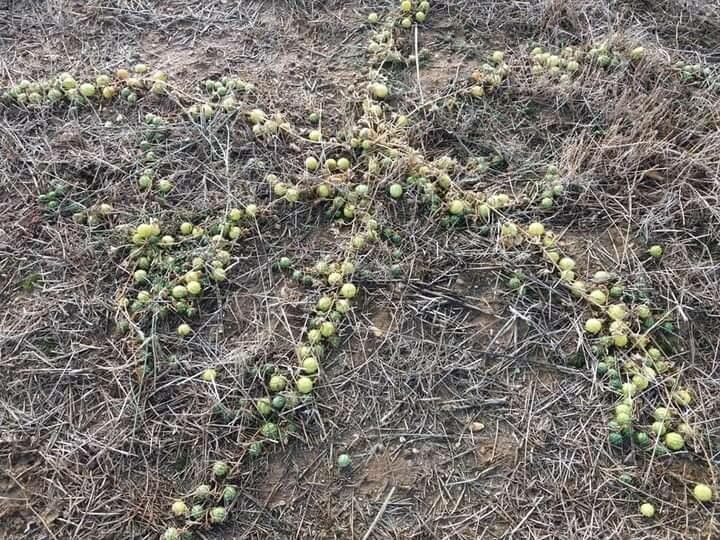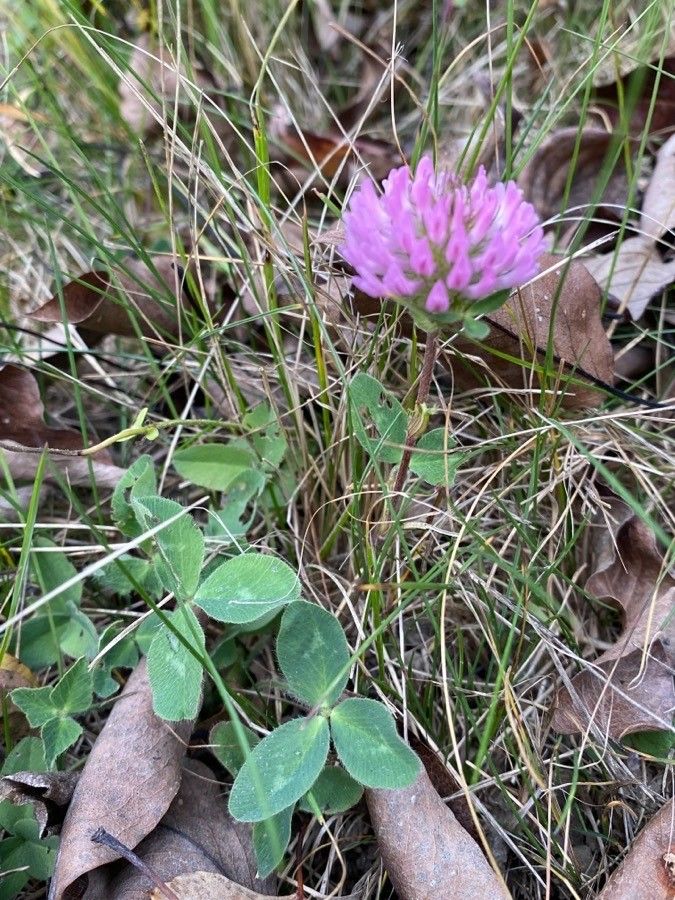## Great Yellow Cress: A Comprehensive Guide
Great Yellow Cress ( *Barbarea vulgaris*), a member of the Brassicaceae family (mustard family), is a fascinating plant with a complex history. Known for its bright yellow flowers and distinctive foliage, it's a common sight in many parts of the world, but its status varies from beneficial wild edible to invasive weed, depending on the location.
### Identification
Identifying Great Yellow Cress is relatively straightforward. Its basal leaves are deeply lobed and often lyrate (pinnately divided with a larger terminal lobe), while the stem leaves are smaller and more lanceolate. The most striking feature is its bright, golden-yellow flowers, arranged in racemes (unbranched, elongated clusters). These flowers bloom from spring to early summer.
### Habitat and Growth
Great Yellow Cress thrives in a wide range of habitats, often found in damp or wet areas, such as meadows, ditches, riverbanks, and roadsides. It tolerates a variety of soil types but prefers moist, fertile soil. It's frequently found in disturbed areas, showing its adaptability and resilience.
### Sun Exposure and Soil Needs
Great Yellow Cress is adaptable to various sun exposures, tolerating full sun to partial shade. While it prefers moist soil, it's surprisingly drought-tolerant once established. Well-drained soil is preferable to prevent root rot, especially in consistently wet conditions.
### Cultivation
While often found as a wild plant, Great Yellow Cress can be cultivated. Sow seeds directly into the ground in spring or fall. Prepare the soil by removing weeds and loosening the earth. Maintain consistent moisture levels, especially during germination and early growth. Thin seedlings to allow adequate spacing for optimal growth.
### Culinary and Medicinal Uses
Historically, Great Yellow Cress has been used as a culinary herb and a source of vitamins. The young leaves possess a peppery, slightly bitter taste, similar to other cress varieties. They can be added to salads, sandwiches, or soups. However, it's crucial to only consume young leaves from plants you're certain are not contaminated by pesticides or herbicides. Note that its use in folk medicine is not scientifically validated, and consultation with a healthcare professional is essential before using any plant for medicinal purposes.
### Invasive Potential
In some regions, Great Yellow Cress is considered an invasive species. Its prolific seed production and adaptability enable it to outcompete native vegetation. If you're concerned about its invasive potential in your area, consult your local agricultural extension office or conservation agency for advice on management strategies.
### Conclusion
Great Yellow Cress is a multifaceted plant with a range of uses and characteristics. Understanding its identification, growth requirements, and potential impact on the environment allows for responsible interaction, whether appreciating it as a wildflower or managing its presence in your garden.
Great Yellow Cress: Planting, Care & Identification Guide

Frequently Asked Questions
How do I identify Great Yellow Cress?
Look for its bright yellow flowers in racemes, deeply lobed basal leaves, and lanceolate stem leaves. It often grows in damp areas.
Is Great Yellow Cress edible?
Yes, the young leaves are edible and have a peppery, slightly bitter taste, similar to other cresses. However, only consume leaves from plants you know are free of contamination.


